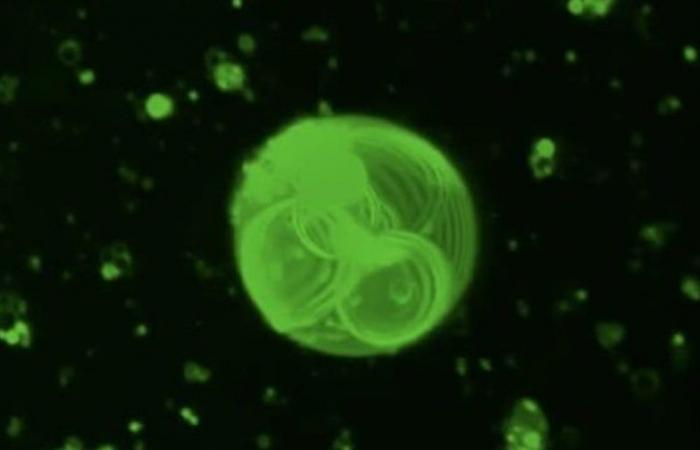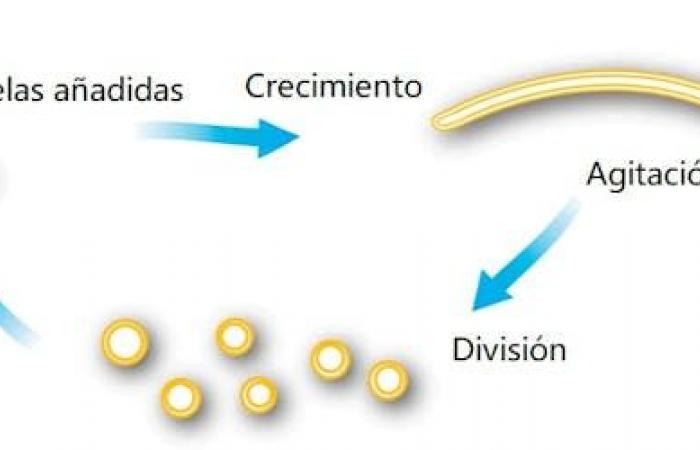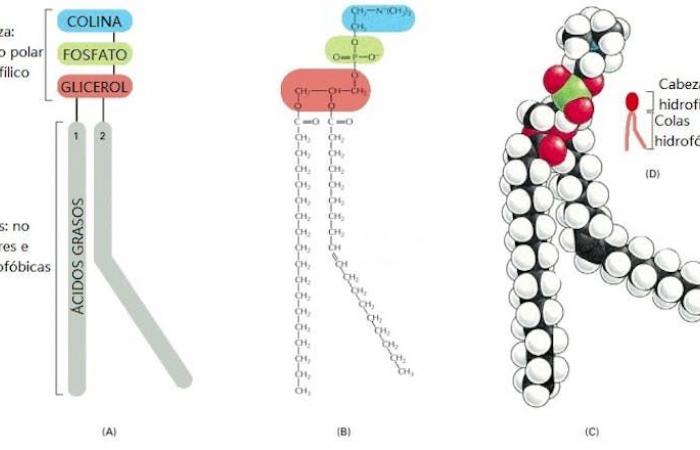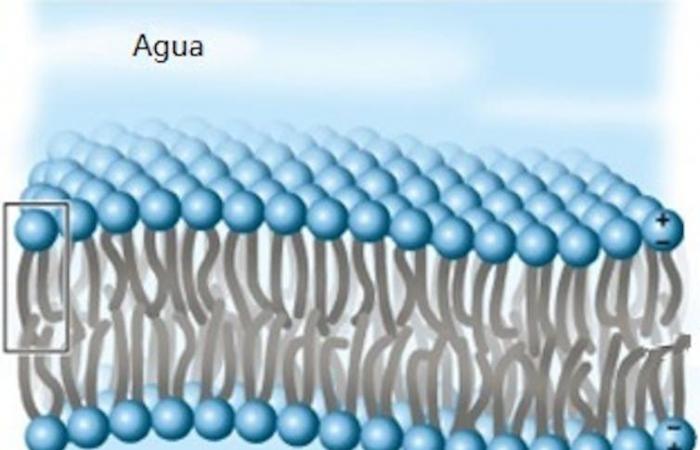One of the fundamental steps in understanding the origin of organic life on Earth (and perhaps in other astrobiological environments) is to model how and where the first cells formed. And they have just found a key piece of the puzzle.
The role of fats in the formation of cells
In the aqueous environments of the early Earth there were fats or lipids. From there, new work, led by Sunil Pulletikurti of the Scripps Research Institute in California, has described a pathway by which simple lipid vesicles (small spheres or bags filled with liquid) could shape protocells in aqueous environments rich in nutrients from the early Earth.
Cells are not watertight compartments, isolated from their aqueous environment. From the beginning of evolution, they must have had membranes that filtered nutrients and expelled waste. These properties are essential for us to be able to experiment with the processes that occurred in a primordial aqueous environment, where life was able to originate.
According to the study by Pulletikurti and collaborators, these spherical lipid vesicles, in a turbulent fluid environment, could be the precursors of the membranes of modern cells.
The researchers studied the chemical process in which phosphate groups are added to a molecule, phosphorylation. This process could have given rise to phospholipids that, unlike other fats, are capable of forming double-stranded protocells.
The formation of double-stranded protocells could allow a wide range of chemical reactions inside them and provide stability to the membranes. And so he made his way to the origin of the first cell.
The Scripps Research Institute
The world of RNA
Jan Gebicki and Mark Hicks already pointed out, in the seventies, the role of lipid molecules in the formation of cell membranes. Fats participate in the provision of proteins and act as a barrier for the free flow of solutes inside, an essential aspect so that the cell can maintain itself by its own means.
Subsequently, Ting F Zhu and Jack W Szostak demonstrated that protocells constructed from large multilamellar fatty acid vesicles could reproduce in a continuously agitated medium. Thus, the ribonucleic acid (RNA) molecules encapsulated in these protomembranes could be distributed to the daughter vesicles.
In their observations, Gebicki and Hicks pointed out that they were approaching the synthesis in the laboratory of a complete protocell: endowed with a self-replicating genome and a self-replicating membrane compartment.
The relative simplicity of that mechanism would make it possible for it to occur under the prebiotic conditions of the early Earth.
Zhu and Szostak (2009)
The key role of phosphorus
The fascination with the properties of phosphorus in chemical evolution goes back a long way. The brilliant physicist Enric Macià, recently deceased, already pointed out certain primordial pathways in the incorporation of this chemical element into living matter. Not too abundant phosphorus can form phosphate groups in an aqueous solution, and that detail could be key in the transition to more evolved membranes.
In fact, current cell membranes are made up of fatty acids linked to glycerol (one of the main products of lipid degradation) in which a phosphate group replaces a fatty acid.
The phosphate group is hydrophilic (it absorbs water very easily and does not mix with fats) and binds to glycerol. This combination forms the “head” of the structure, while the “tails” are hydrophobic fatty acid chains.
Both molecules have opposite chemical properties (amphipathic). These are key features for the structure to be stable.
At this point, we would have the basic structure of what could have been the first living cell.
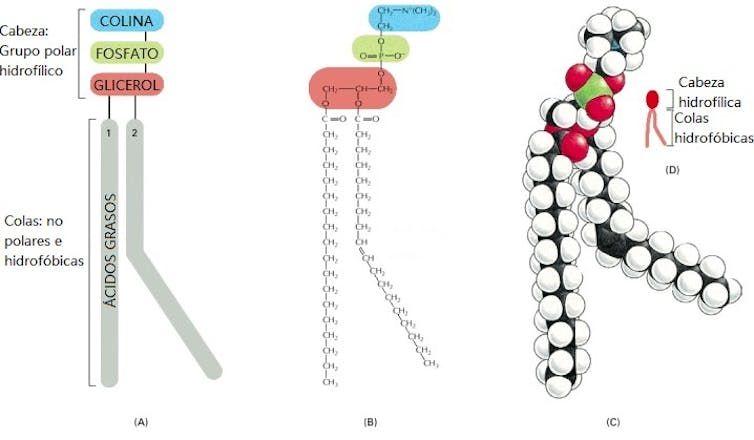
The demand for the first living forms
The new study suggests that the first cells, the first living systems, may have had different early “preferences” in the substitution of some glycerol components.
In this biological evolution, the new study by Sunil Pulletikurti and collaborators points out that cyclic phospholipids would have played an important role not only in early prebiotic protocellular chemistry: they would also have facilitated the chemical evolution of protocells from structurally simple to functionally more complex ones. .
For all this to be possible, it must be based on a double membrane structure.
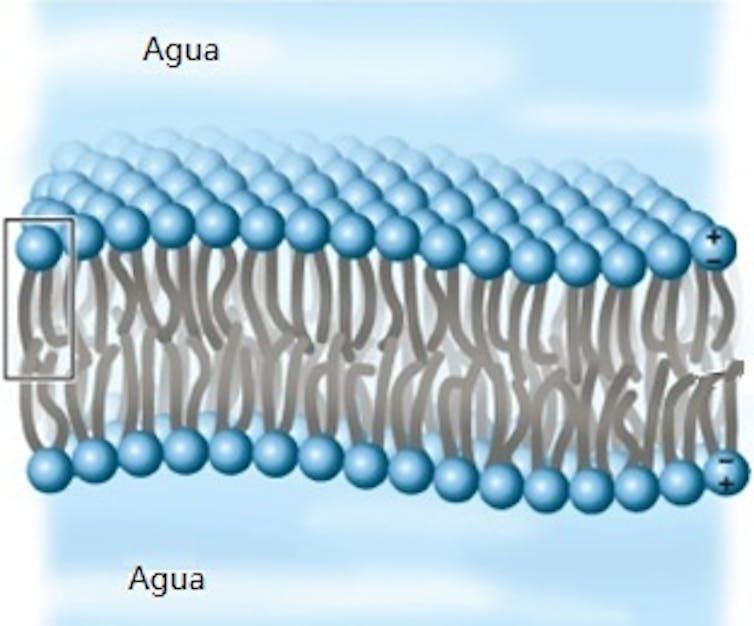
Josep M. Trigo
The contribution of outdoor space
Membranes played an essential role in constituting the properties of the first cells and in their subsequent evolution. But we cannot forget the importance of knowing what was in that first aqueous environment where the beginning of life took place.
Understanding these processes in aqueous media requires delving into the availability of these components in a primitive environment, subject to a continuous flow of elements from outer space, some in the form of minerals with catalyzing properties of complex organic compounds.
As simple as it may seem, modeling the exact conditions under which such events took place is a challenge of enormous magnitude.

